Alright, so here we are, just you and me, diving into the best part of creation—the characters. But let’s rewind a bit. I worked on a lot of projects for major video game companies, and time and time again, I’d notice this niggling problem.
You’d have these characters who looked fantastic, the kind you’d want to print on a T-shirt or a poster, but once they moved, once they acted, something felt off. They just didn’t sit right; you couldn’t get invested.
You see, that’s what we call Ludonarrative Dissonance, and it’s a killer for immersion. Imagine this: your main character’s a noble hero by story, yet as soon as gameplay starts, they’re burning down towns without a second thought. It’s like watching someone preach peace and then walk out and pick a fight in the street.
The term was coined by Clint Hocking in 2007 to describe situations where what the player does in the game (ludic elements) clashes with the story the game is trying to tell (narrative elements)

In the case of Uncharted, the series is often described as a lighthearted, blockbuster adventure, yet the gameplay involves Nathan Drake killing thousands of enemies, which can feel at odds with his characterization as a likable rogue. The game is fun, the characters are strong—but the gameplay keeps poking holes in the fantasy promised by the narrative.
In Uncharted 4, they introduced a hidden trophy titled "Ludonarrative Dissonance," awarded to players after achieving 1,000 kills. This self-aware nod underscores the tension between the game's storytelling and gameplay mechanics, emphasizing the importance of aligning character development with player actions to maintain narrative immersion.
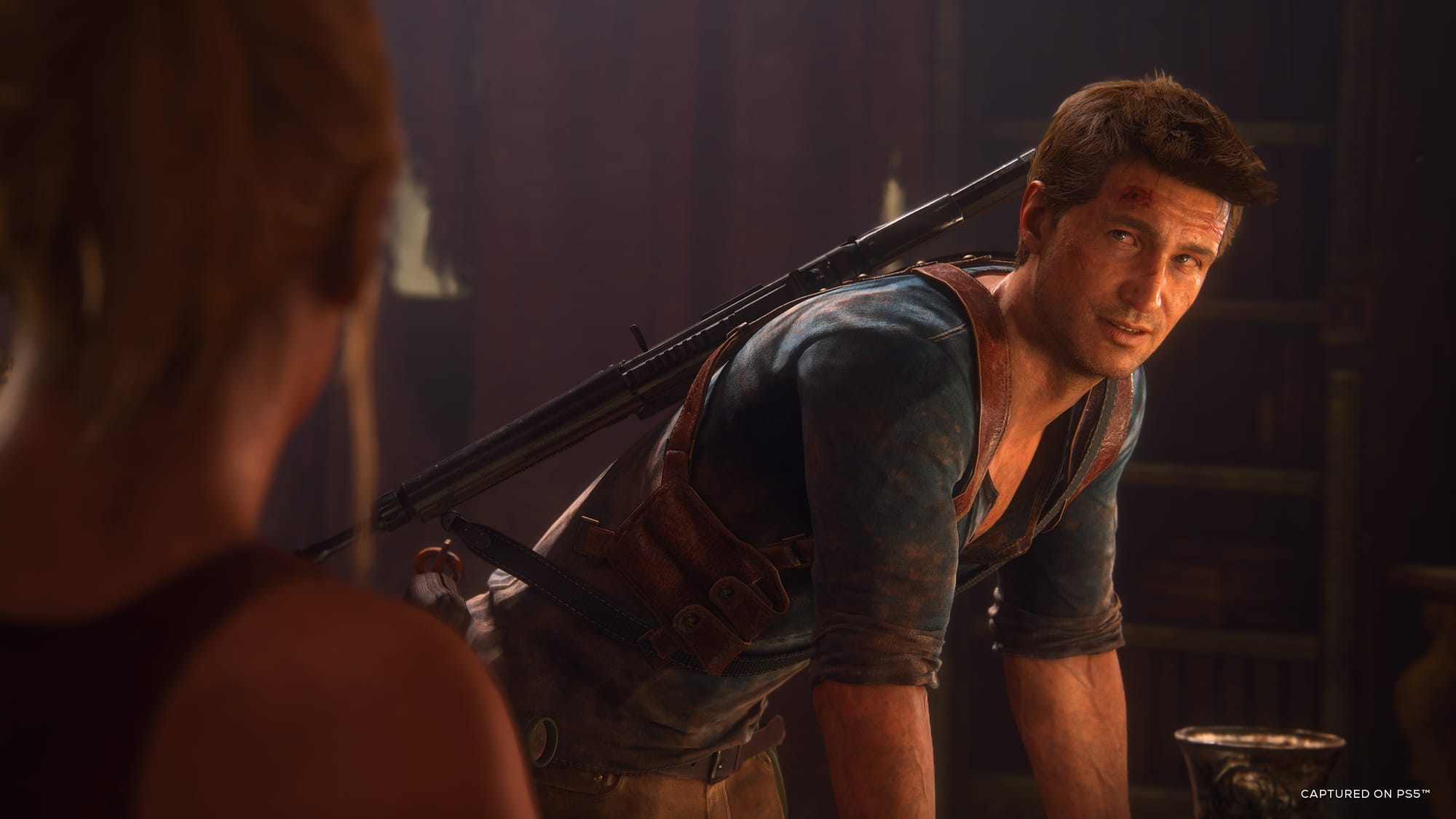
Or the opposite for morally grey characters like outlaws: Instead of robbing and intimidating, they’re helping townsfolk fix fences, rescuing stranded puppies, and giving heartfelt speeches about the power of kindness. Every dialogue choice leans toward empathy. Threaten an NPC? Not an option. Refuse to help someone? Unthinkable. Even when a gunfight breaks out, they hesitate, offering one last chance for peace.
Take Kay Vess in Star Wars Outlaws. The marketing paints her as a scoundrel—gritty, cunning, a survivor navigating the criminal underworld between Empire and Rebellion. But if the gameplay railroads her into being endlessly helpful, altruistic, and morally spotless, then the fantasy breaks, even if the game is good.
She’s meant to be an outlaw, but if every NPC treats her like the galaxy’s sweetheart and her choices never let her lean into risk, deception, or personal gain, then she’s not living the fantasy players were promised.

Antiheroes don’t need to be caricatures. Even the most hardened criminals have moments of softness—loyalty to their crew, a personal code, regrets hidden behind bravado. But their actions still have to match how the world perceives them. If every bounty hunter wants her dead, yet her only options are to heal droids and fund orphanages, the disconnect becomes impossible to ignore.
That’s why narrative and mechanics have to align. If a character is built as a legend of the underworld, they need the freedom to act like one. Otherwise, the story’s weight crumbles, and all that’s left is an illusion—one that breaks the moment the player picks up the controller.
That's why I had to understand why so many creators where falling into this creative trap. So, I started poking around in psychology. What makes us tick? What keeps us up at night? What pulls us toward or pushes us away from others? That’s when temperaments, those core psychological drivers, came into focus for me.
Suddenly, I wasn’t just giving characters cool moves or random backstories—I was giving them needs, desires, motivations rooted in something universal. It was more than just assigning traits; it was making those traits matter, turning them into the character’s reason for being.
For me, there’s always been a curiosity about people and what drives them. It’s not just part of the work—it tends to sneak into everything I do, whether it’s comics, games, or storytelling. I’ve had the chance to collaborate with some of Europe’s established publishers, and those experiences have gently pulled me across disciplines.
I’m still learning how to bring different threads together—art, psychology, narrative—and figure out how they can support each other. My background in comics helped a lot with that. It taught me to pay attention to the big picture: how characters, dialogue, conflict, and motivation all intersect to create something meaningful.
This approach led to a conclusion: I needed a tool. I needed something that could bridge psychology and creativity, something that could distill what drives human behavior into practical building blocks for character creation.
And that’s how Tempified came to life. It’s more than just a system for making characters; it’s a translator. It takes what we know about human behavior and makes it accessible, actionable.

It’s a way for creators, writers, designers, you name it, to look at a character and see why they do what they do, what pulls their strings, and where those strings might snap.
Temperaments aren’t just a “character creator” tool—they’re the glue that holds it all together. It doesn’t matter if you’re crafting heroes or villains, writing game dialogue, or building worlds; these core temperaments provide a framework that makes characters resonate on a gut level. They give characters substance. They make them human.
And the idea of Tempified is not to be a secret recipe, but a universal framework that transforms how we talk about characters and what makes them real.
So, that’s how it all began for me. I wasn’t satisfied with characters who just looked the part—I wanted them to act the part too. Characters who felt like they belonged in the worlds they lived in, whose decisions made sense in both story and gameplay. That disconnect—the gap between what we say a character is and what we make them do—is what Tempified helps close.
Tempified gives me a framework where heroes, villains, and even the world itself feel cohesive. It’s about making sure the emotional beats, the dialogue choices, the actions—all line up with who these characters truly are.
So if you're tired of protagonists who preach empathy but play like war machines, or rogues who sound menacing but never make a meaningful move—this is your way out.
If you're aiming for characters that don’t just look cool, but resonate—who feel real, who clash with their worlds in meaningful ways, who evolve in sync with their stories—this is your roadmap. You want them to matter? To leave a mark? This is where you start.
The characters we build, the choices we offer, the worlds we create—they’re more than mechanics or dialogue trees. They’re how players connect. And Tempified? That’s your toolkit for building that connection in a way that feels honest, relevant, and unforgettable. I hope it helps you as much as it’s helped me.

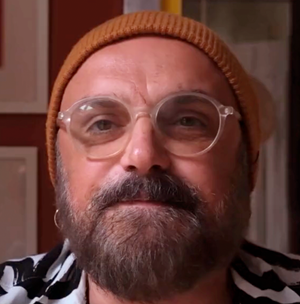
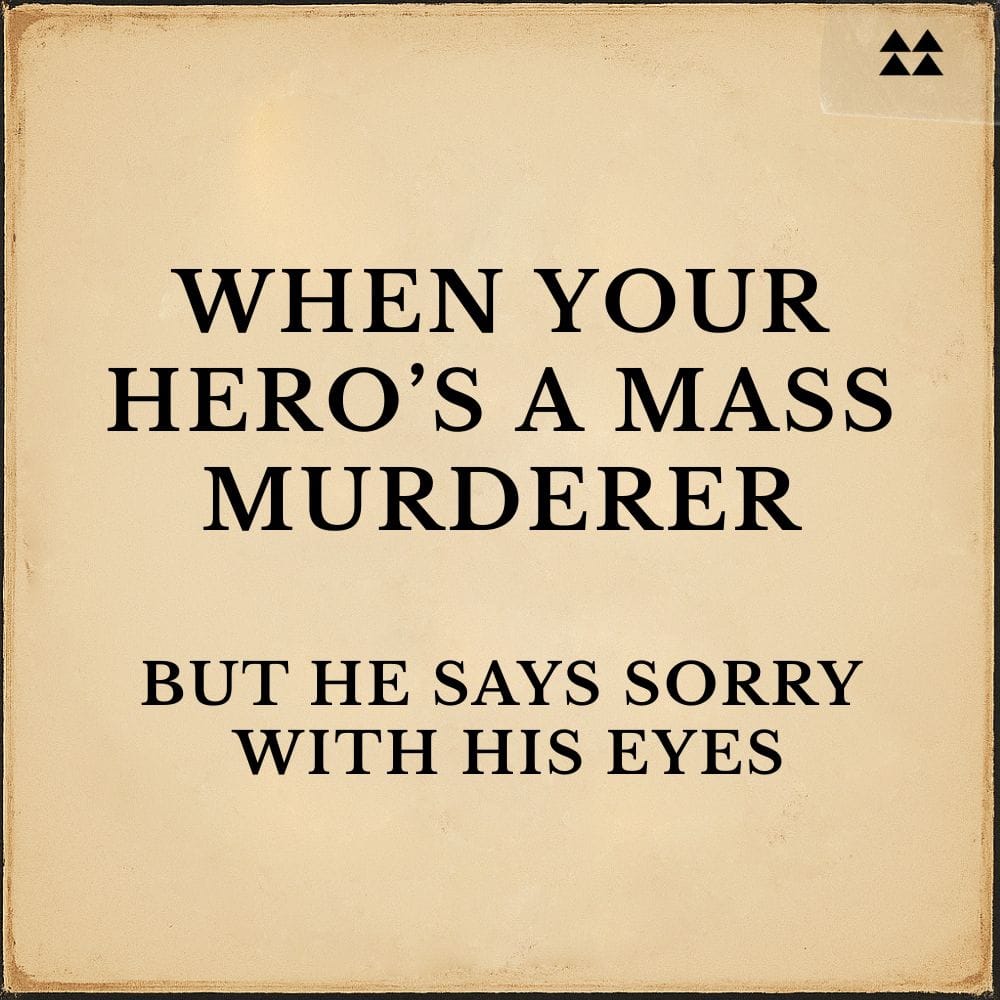
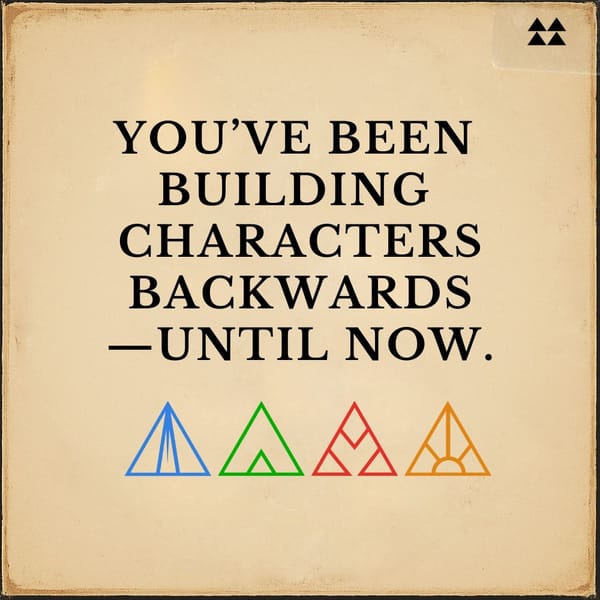
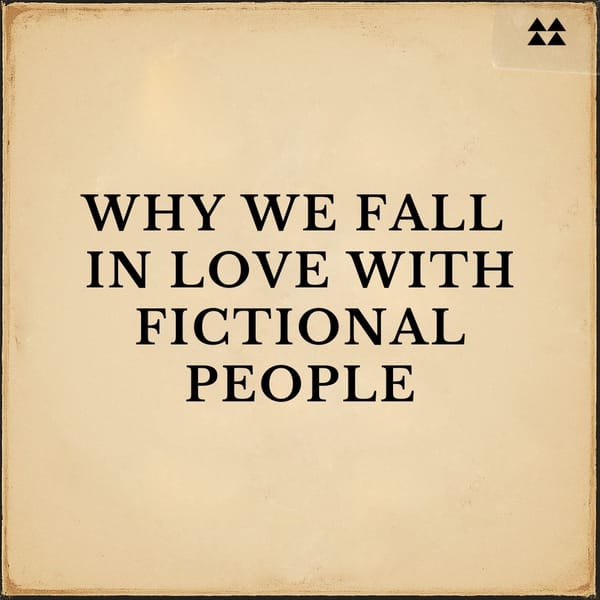
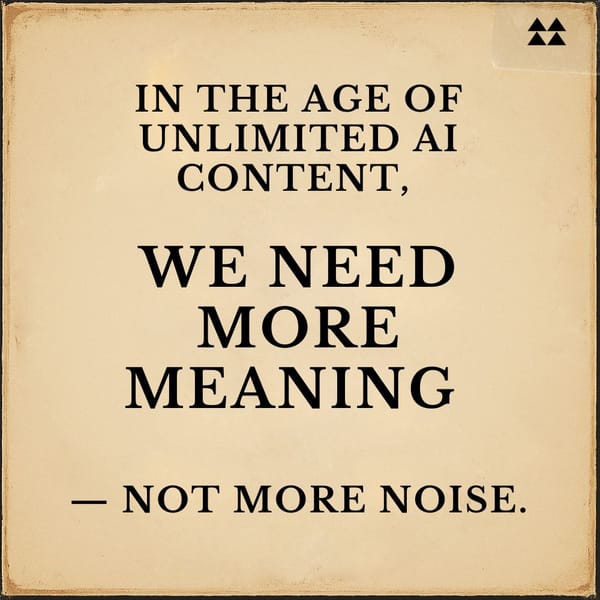

Member discussion